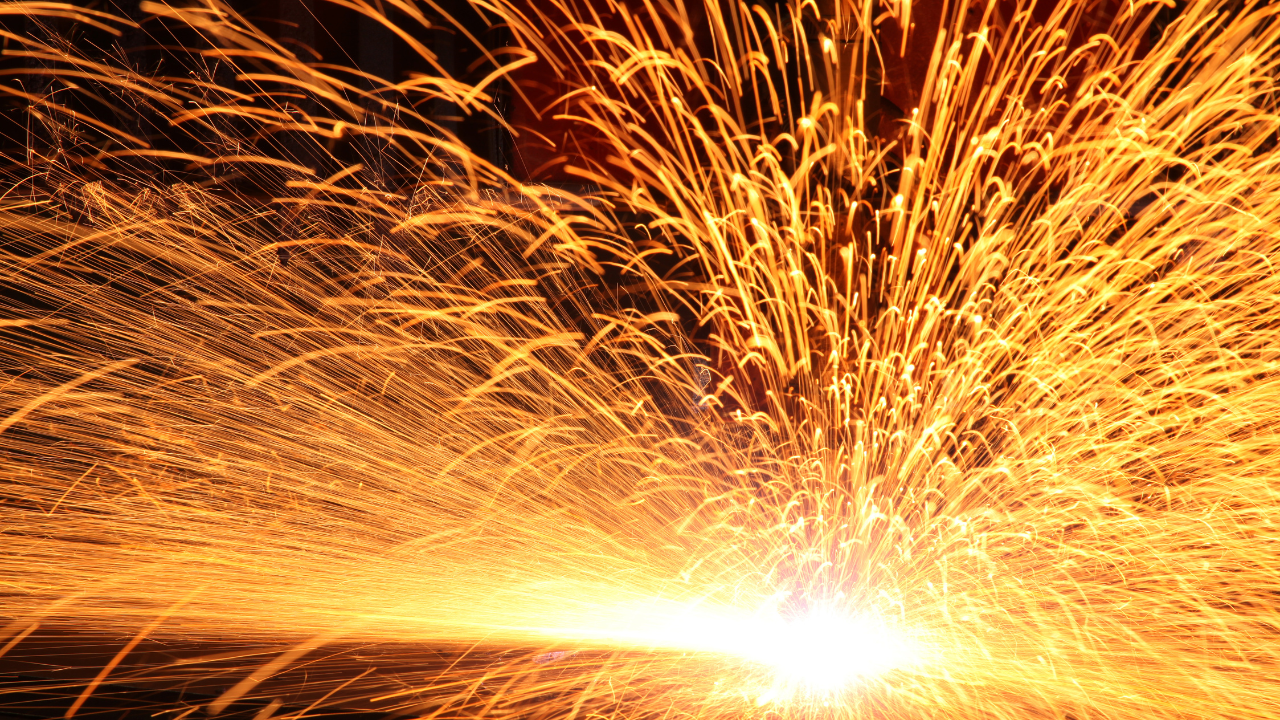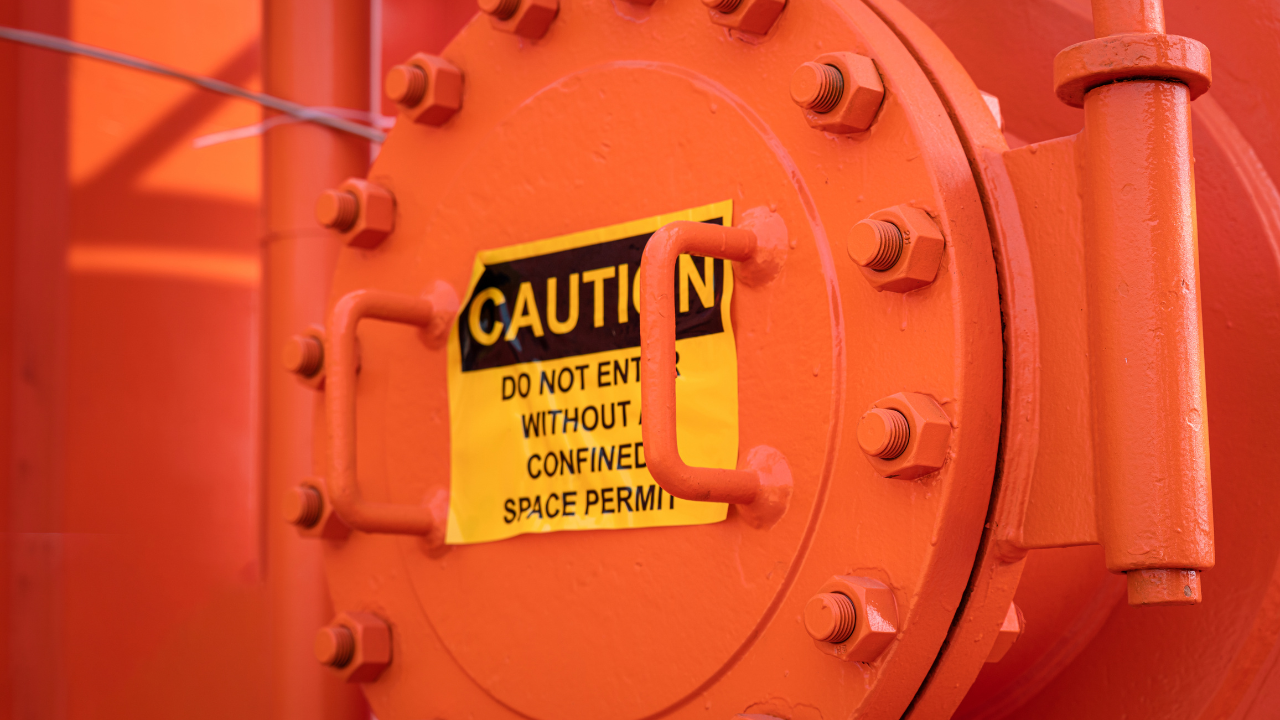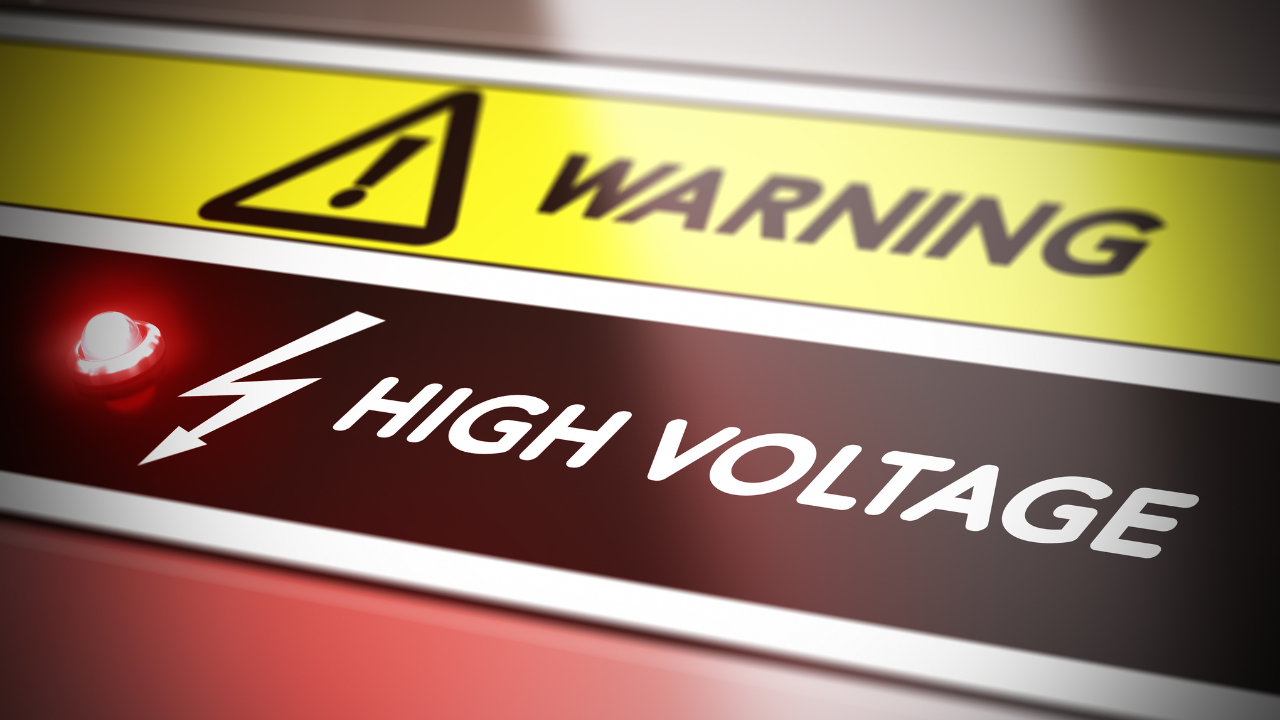Quality Control of the Inspection Process
William Shirley
When we have catastrophic events such as the club fire in RI, the inspection process that allowed code violations to go uncorrected for two years needs to be revisited. Many inspectors view their daily work in a way that results in the low hanging fruit getting picked, but the more difficult to reach fruit on high branches going untouched.
Missing tags on fire extinguishers or the extinguisher hanger at the wrong height are easy low hanging fruit. Recently installed acoustical insulation that may or may not be suitable may require the fire inspector to work a little harder, i.e., reach for that higher fruit. Maybe too, municipal policy may reward those who bring in a lot of low hanging fruit and punish those creating waves by going after such higher hanging fruit.
(Tragically, this may be taken in a literal way, for many compliance inspections check only what is within 6′ of the floor, and many inspectors rarely, if ever, climb a ladder.) But to avoid having a dysfunctional inspection program, that can result in serious injuries to people unprotected through code infractions, requires a fire safety quality control program.
For starters, can business owners bring political pressure on inspectors in your town? If so, things must change. When an agency is responsible for inspections for compliance with safety, health, fire, and/or environmental standards there needs to be a meaningful quality control or improvement program in place. Citizens or your community deserve no less, a quality inspection process is necessary.
Elements in the program need to include:
1. What are the professional qualifications and continuing education of the inspectors? Are there established minimum qualifications for personnel to be assigned inspection duties? Is there a continuing education process to expand basic knowledge and to bring personnel current with changes in law, standards, and codes?
2. Monitoring the scheduling of inspections. If the occupancy is a night club are inspections occurring at night and on weekends in addition to the 8-4:30 business hours? Never mind being business friendly. Fire departments work 24-7. Inspections should happen when the building is in action. There is so much more to see at times like these.
3. What is the frequency of inspections? What is the ratio of inspectors to the number of properties subject to inspection?
4. What the categories of inspection violations by occupancy? Are findings of various inspections consistent with those that would, or should be, found for that type of occupancy? Are inspectors finding violations in a range of areas, or do they have a too narrow individual focus on a few sections of the code?
5. Are reports including what was looked at that complied or just reporting what was deficient? Do inspectors identify what they looked at that passed code, or only those things that they found in violation? Does the agency use checklists for different types of occupancies?
6. Do inspectors work alone or in teams? If they work as teams, is the composition of the team changed frequently?
7. How are corrective actions tracked? Not through memory, we hope.
8. Is there an agency code of conduct and or ethical standards? In some communities, it is difficult to avoid conflicts of interest as code enforcement personnel are related by marriage or friendship to owners of inspected properties and businesses. Are all inspections within the jurisdiction consistent? How is political pressure avoided, what are the policies when inspection personnel are contacted by elected officials?
9. How are your inspectors supervised? Do supervisors accompany inspectors on inspections and evaluate their performance? Does someone with the technical knowledge to evaluate how well they are doing this job supervise code enforcement personnel? If the supervisor is not qualified, is an outsider periodically brought in to evaluate the inspection process?
10. What tools and instruments do the inspectors have to work within the field? Can the fire inspector check the voltage drop on an electrical circuit? Do they have an easy-to-carry step ladder? Do they have flashlights and mirrors? Voltage detectors? Maybe even heat sensors? Do they have photographic equipment to document their inspections? Do they have all the necessary equipment to aid the inspection process?
11. Is there a policy on making referrals to other agencies, i.e. will local fire inspector make referral to OSHA for violations of OSHA standards? Are inspectors knowledgeable about other law, standards and codes for various occupancies? If the fire inspector notes improperly stored chemicals or hazardous materials does he or she refer that information to environmental protection personnel?
12. Is there interaction and cooperation between agencies, i.e. between the electrical inspector and the fire inspector or the health inspector? Do various inspectors ever team up to do joint inspections? Is there any effort in cross-training?
13. What reference material is available to inspectors? Is there a library of current codes and standards? Do they have codes and standards on CDs and notebook computers for use in the field? Do they routinely copy specific sections of the code and attach to their reports?
14. When occupancies require special licenses and permits are copies of inspection reports routinely sent to licensing agency?
15. When cases are contested, how well has the agency done in court? Are there sufficient cases to evaluate the individual performance of each inspector?
A great example of this was relayed to me by a Cape Cod insurance company inspector friend of mine. “I agreed to wait for the fire department to conduct a smoke alarm exam during a routine condominium ownership turnover. The realtor had mentioned to me that the large, illegally installed wood stove in the center of the living room was going to be removed the next day. That fact, however, was not passed on to the fire department or the inspector who came that day.” The story continues, “Upon arriving the inspector flew to the basement level, pressing the test button on the battery operated alarm, then repeated the process on the main level. Both alarms sounded. The inspection was over. The fire inspection had taken less than a minute. Reaching to fill out his test completion form, my friend suggested, almost mockingly, that he ‘lean on this Rube Goldberg wood stove here.’
Expecting him to hit the roof and demand the unit’s removal before he’d offer up the smoke slip, instead, he shrugged then tore off the successful inspection slip, took the check covering the inspection fee, and went on his way. There wasn’t one word about removing the wood stove unit or bringing it up to code.” Maybe he wasn’t the fire department’s wood stove inspector or maybe he was just doing what he was sent to do, but either way it was a clear example of picking only the low fruit! My friend concluded, “How many other inspectors are walking past real hazards daily just to keep on schedule or just to keep peace in the town? I fear far more than just this one man in local fire departments.”
During my 20+ years in safety management and 30+ in the volunteer fire service I have seen many examples of inspectors who could read the code but could not apply it appropriately or with common sense. All inspectors tend to be a product of their previous work experience. In one area where I worked there was a local OSHA inspector that people claimed never cited a violation not contained in 29CFR1910 Sub Part S (electrical). The reason being that he was also a licensed electrician. I have seen other examples where, because a person had the title, everyone assumed they were knowledgeable, and rarely if ever challenged their report.
More dangerously they also, falsely, assumed that after the inspection process, the facility was free of hazards. Because an inspector came, looked, and did not cite does not mean the facility is free of hazards. Nor does it free the owner from taking additional precautions to keep the business safe. All codes and standards are minimum baselines that a facility or business must meet. Compliance alone is the lowest common denominator. Those who wish to truly reduce their risk will insist on going past the code minimums and become knowledgeable about best business practices to truly reduce their risk exposure.
In the future, good business people will not wish for easy inspections and blank inspection reports. Business people, for their own good and for the safety of those who enter on their properties, should demand that their local government send them competent well trained inspectors to assist them in keeping their hazard risks low.
Related Articles

All About Eye Protection

Arc Flash/Arc Blast Review with Safety Suggestions for Design & Maintenance

CSA Launches First Confined Spaces Standard in Canada

Do You Need NFPA 70E?

Electrical Hazards

Eye Injuries are a Serious Threat to American Workers





